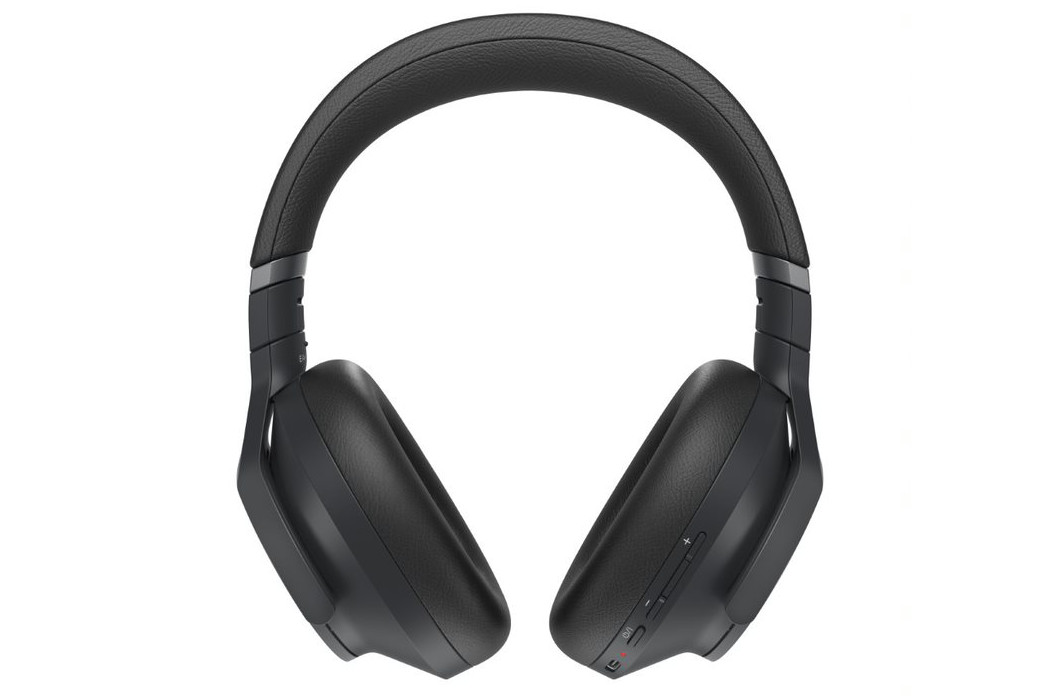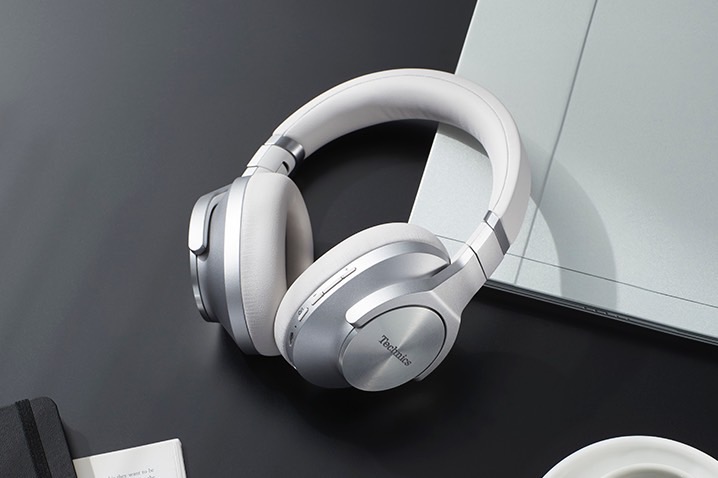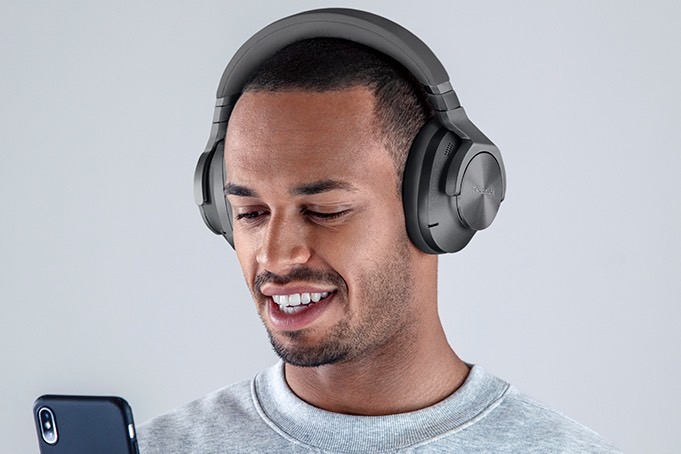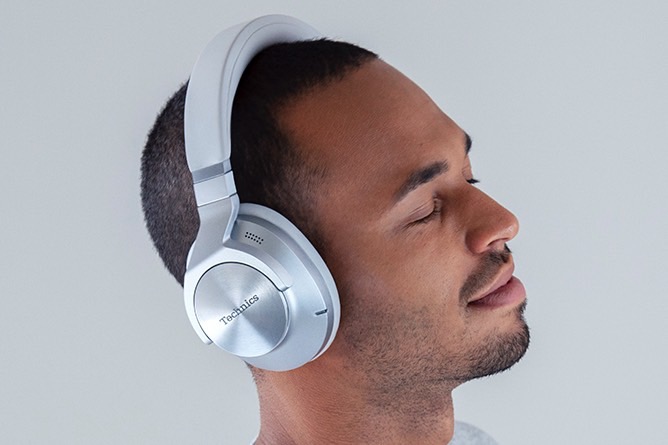When it comes to noise canceling wireless headphones it’s pretty hard to beat the Sony WH-1000XM4, but Technics is going to take its best shot a doing so with its EAH-A800, a new set of wireless cans that it debuted at CES 2022 and that will hit stores in March for $350 in black and white/silver.
The key to Sony’s success with the WH-1000XM4 is their combination of great sound quality, great active noise cancellation (ANC), great battery life, and wired/wireless hi-res audio chops thanks to Sony’s LDAC Bluetooth codec. It’s not surprising that these same attributes are also high on Technics’ bragging list for the EAH-A800. In fact, Technics might even surpass Sony’s performance in these areas.

It’s impossible to say without trying them — something we hope to do very soon — but our recent experiences with Technics’ EAH-AZ60 and EAH-AZ40 true wireless earbuds lead us to be very optimistic. Both have superb sound for their respective prices, and the AZ60 wowed us with their ANC performance — traditionally one of Sony’s strongest capabilities. If the A800 meets this level of noise-canceling (and given their 8-mic array, they probably will), they might even give the Bose Noise Cancelling Headphones 700 some serious competition.
Battery life is undoubtedly the A800’s most easily quantified advantage. Technics claims 50 hours of playback time with ANC on and 60 hours with it off. That trounces Bose’s 20 hours and even puts Sony to shame: The XM4 are rated for 30 hours with ANC on and 38 when it’s off. Even when the A800 are using the LDAC codec — a battery killer — they’re good for a claimed 40 hours. Even the quick-charge numbers are impressive — 15 minutes will buy you an extra 10 hours (using AAC with ANC on).
At 10.5 ounces, they’re a bit heavier than the XM4 and Bose 700, but you may not feel it. Technics says that the A800’s earpads feature a curved design to apply uniform pressure to the whole ear. They’re also cushioned with memory foam to distribute pressure and ensure a secure fit, while a wire spring in the headband distributes pressure across the entire head.
Sound is produced by a set of newly designed 40mm drivers housed in an acoustic control chamber, which Technics claims can accurately control airflow to enhance the performance of the driver for precise bass and “rich spatial expression.” The company also says that the A800 makes use of the same thin-film polymer multi-layer capacitors found in Technics’ high-grade audio amplifiers, which provide a stable current through the audio circuit, limiting distortion.
Other key features include strong call quality with a special wind noise suppressing design, two ambient sound modes, wear sensors, and Bluetooth Multipoint for connecting two devices to the A800 simultaneously. You don’t get Sony’s ultimate flexibility of choosing between Amazon Alexa and Google Assistant for your voice AI, but Amazon Alexa is built-in, so you’re not without choice.
Has Sony finally met its match? We’ll let you know as soon as we get the EAH-A800 in for some hands-on (and ears-on) time.
Editors' Recommendations
- Technics’ new earbuds focus on call quality and wireless hi-res audio
- V-Moda’s M-200 get the wireless ANC upgrade we’ve been waiting for
- Sony WH-1000XM4 Vs. WH-1000XM3: What’s the difference and which should you buy?
- New Sony WH-1000XM4 headphones could have 40-hour battery life









